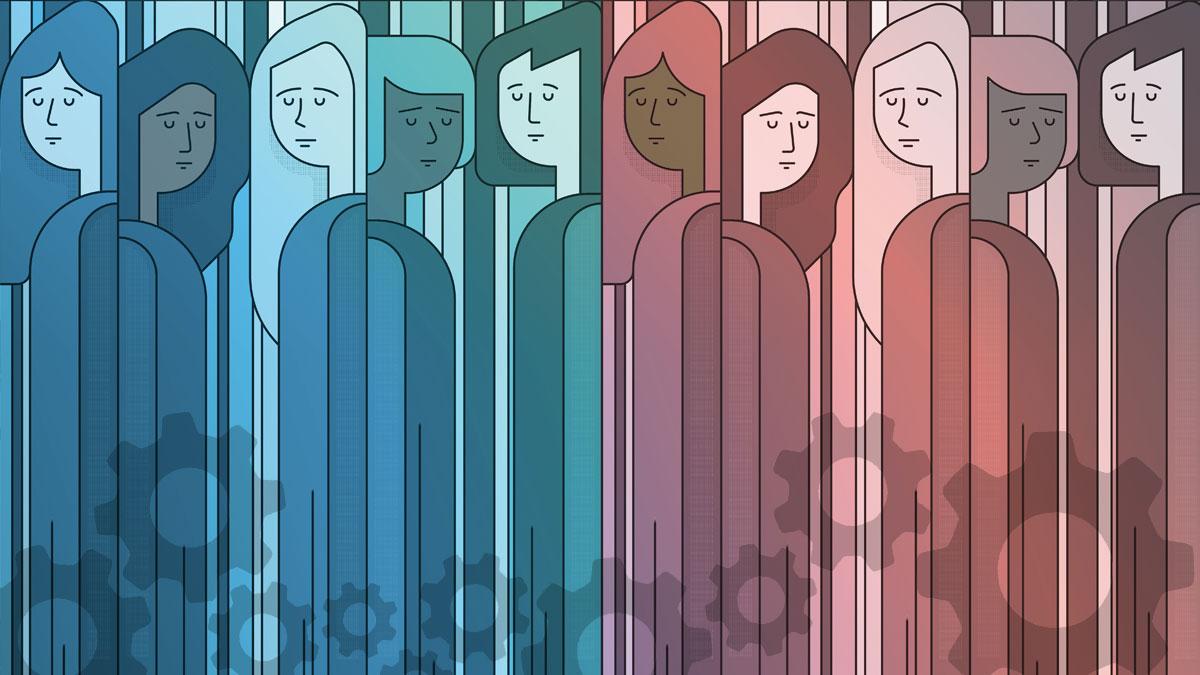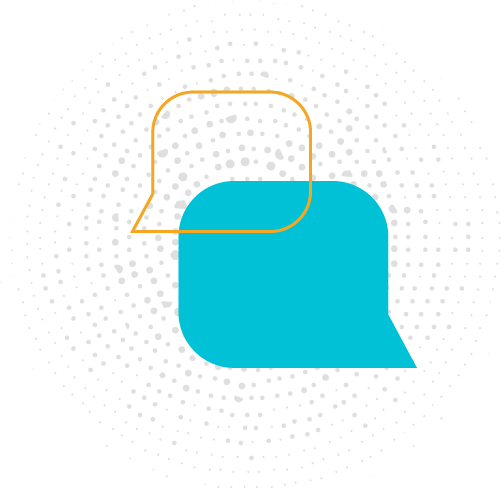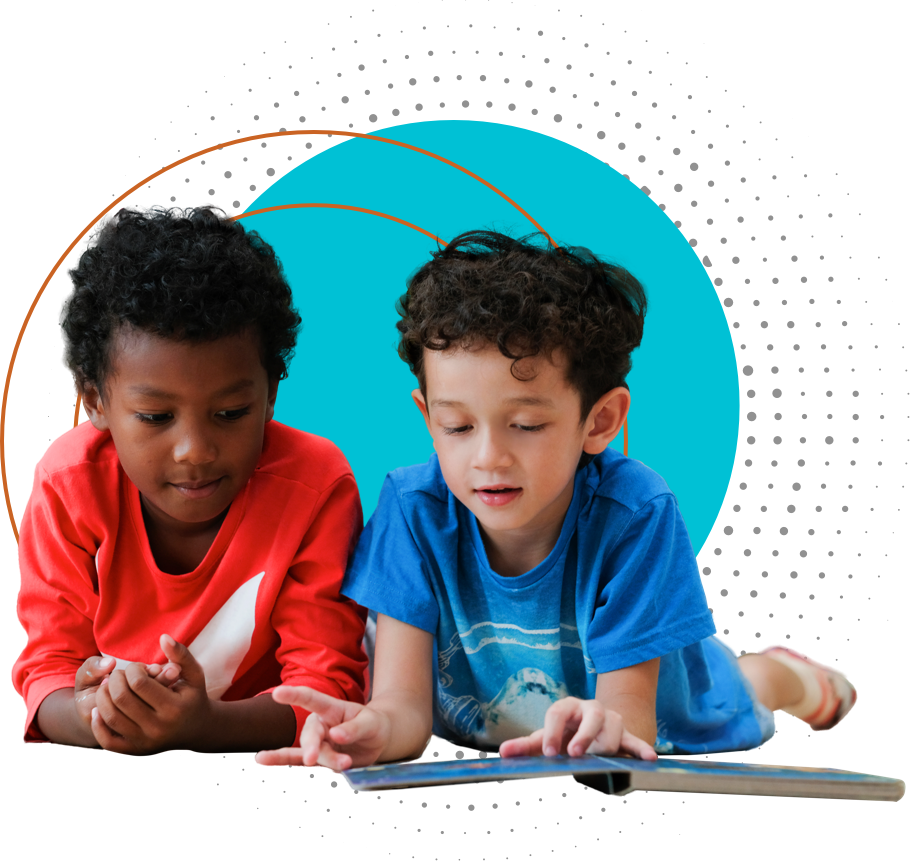Social Identities and Systems of Oppression
Systems of oppression are individual, institutional, and societal and their effects on people have a long history deeply rooted in American culture.






Whether we are aware of it or not, we are all assigned multiple social identities. Within each category, there is a hierarchy - a social status with dominant and non-dominant groups. As with race, dominant members can bestow benefits to members they deem "normal," or limit opportunities to members that fall into "other" categories.
A person of the non-dominant group can experience oppression in the form of limitations, disadvantages, or disapproval. They may even suffer abuse from individuals, institutions, or cultural practices. "Oppression" refers to a combination of prejudice and institutional power that creates a system that regularly and severely discriminates against some groups and benefits other groups.

Let's Think
- “If you have come here to help me, you are wasting your time. But if you have come because your liberation is bound up with mine, then let us work together.”
- Lilla Watson Watson, an Aboriginal, women’s activist, rejects people coming to "help" as she fights against oppression within her community. Why do you think she does so? Considering your own life and social identities, can you draw comparisons to her struggles?
- “I learned a lot about systems of oppression and how they can be blind to one another by talking to black men. I was once talking about gender and a man said to me, ’Why does it have to be you as a woman? Why not you as a human being?’ This type of question is a way of silencing a person's specific experiences. Of course, I am a human being, but there are particular things that happen to me in the world because I am a woman.” - Chimamanda Ngozi Adichie
- Why do you think Ngozi Adichie insisted on being able to talk directly about her specific identity as a woman?
- What identities are important to you that others don’t always acknowledge?

Let's Talk
- It can be hard to talk about oppression no matter what side you find yourself on. However, these conversations are needed to develop a deeper understanding of the issues and prevent further harm. An effective way to enter into these kinds of conversations is by thinking through your own social identity.
- Do this “Social Identity Timeline Activity” with one or more people.
- Find relevant handouts here. Source: Resource adapted for use by the Program on Intergroup Relations, University of Michigan; Resource hosted by LSA Inclusive Teaching Initiative, University of Michigan.
- Share about the process of your identity formation with your partners using the discussion questions.
- WATCH: How the U.S. Suppressed Native American Identity

Let's Act
- Work to be continuously self-reflective about your own privilege and power. Write self-reflections and revisit them so that you can seek out resources and supports to stop your own contributions to oppression.
- Be a Georgia Gilmore by joining with others in teaching, advocating, and organizing locally to dismantle systems of oppression where you are.

Why Us, Why Now?
Since the opening of the museum, the number one question people ask us is how to talk about race. In 2014, we launched our signature program, “Let’s Talk! Teaching Race in the Classroom.” Every year we’ve learned, reflected, and refined the program content – always growing and striving to do better.








![]()
![]()
![]()
